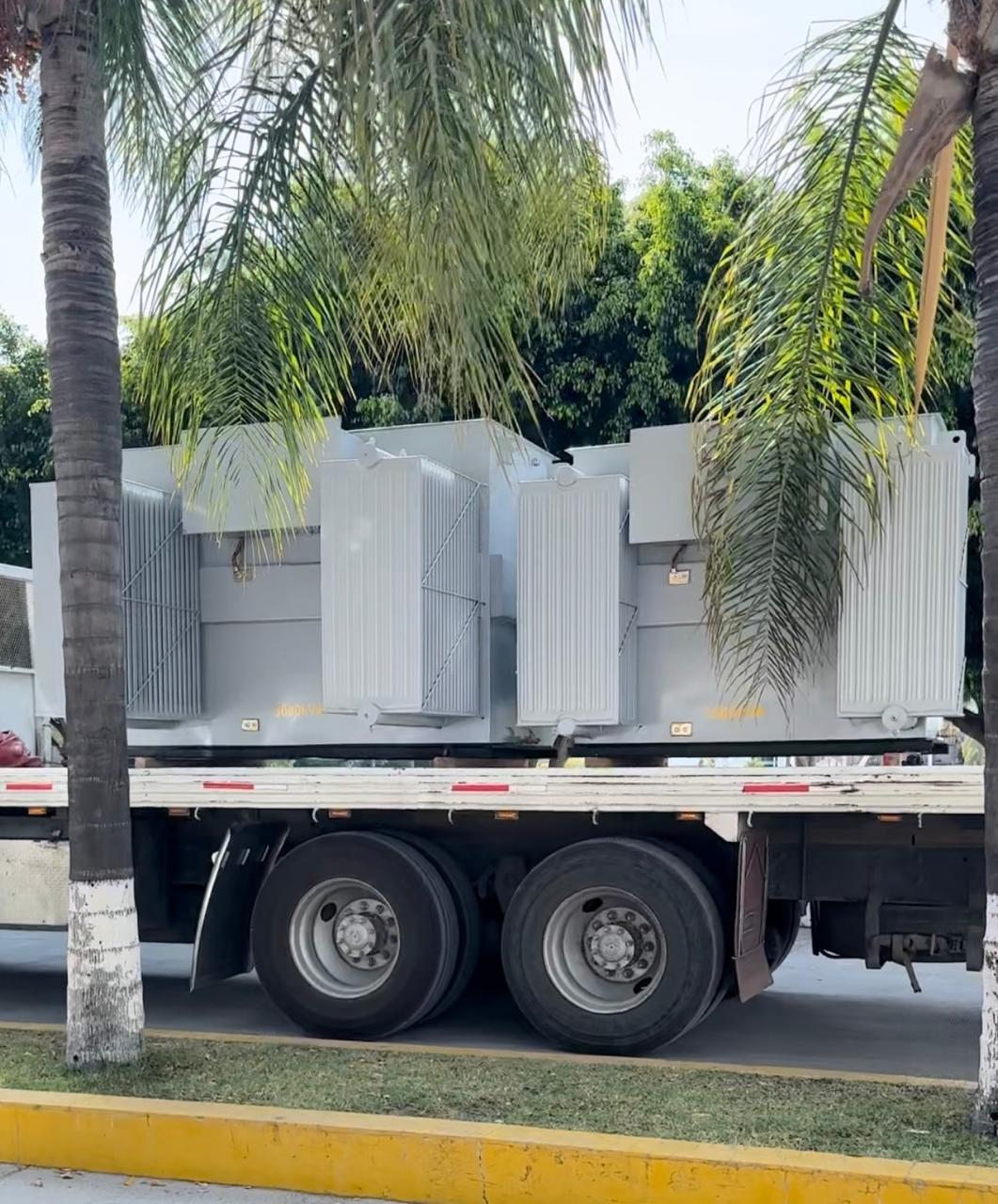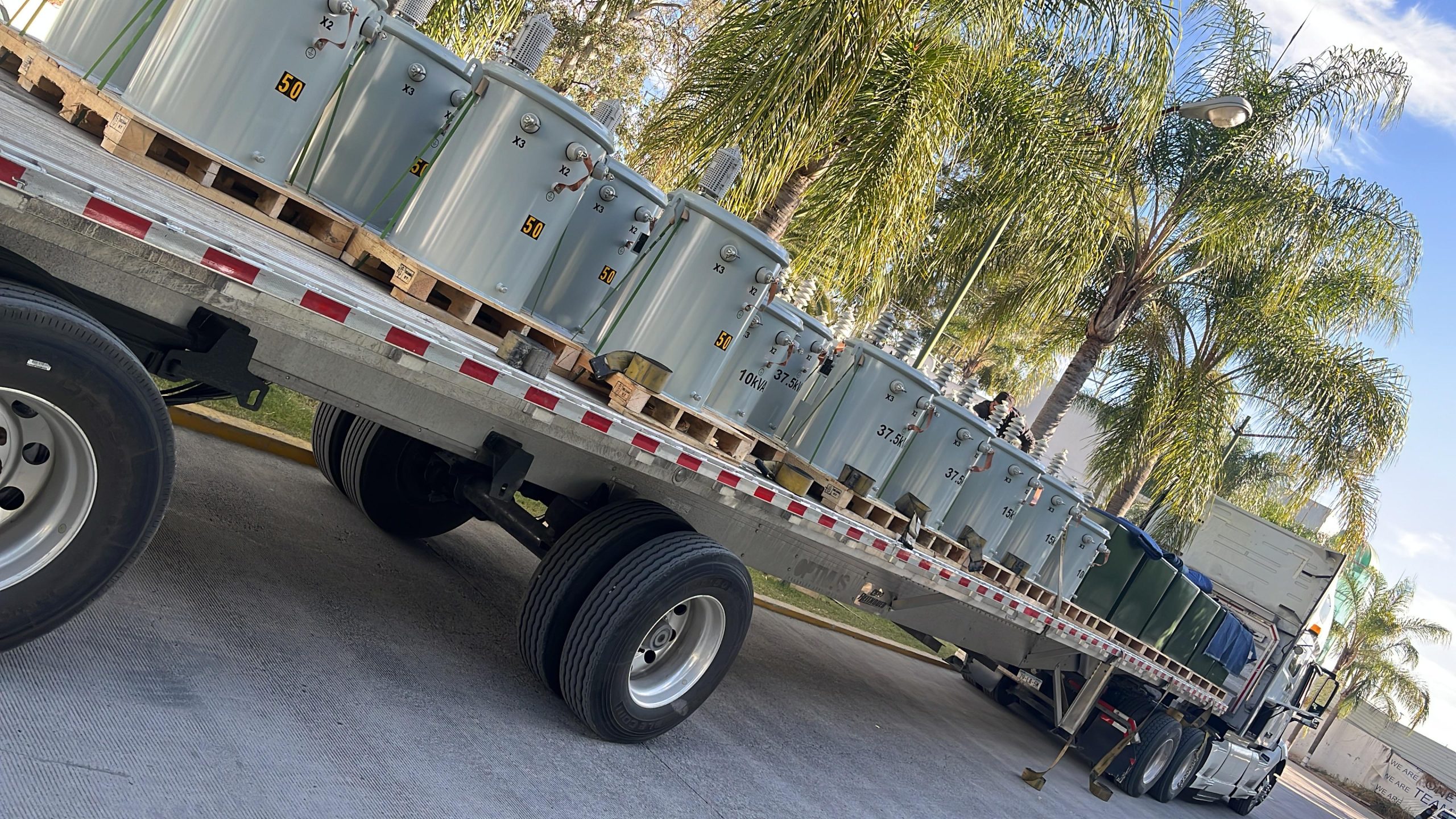Choosing the right type of distribution transformer is a critical decision that impacts not just power reliability but also safety, space planning, and long-term maintenance. Whether you’re designing a suburban neighborhood, an industrial complex, or rural infrastructure, understanding the pros and cons of pad-mounted, pole-mounted, and substation transformers can help you make the most efficient and compliant choice.
1. Pad-mounted Transformers: Compact and Safe for Urban Spaces
Overview:
Pad-mounted transformers are enclosed, ground-level units typically housed in tamper-resistant metal cabinets. They are commonly used in urban and suburban settings.
Best For:
- Residential subdivisions
- Shopping center
- Schools and campuses
- EV charging stations
Advantages:
- Aesthetic-friendly: No overhead lines, ideal for developments with underground wiring.
- Safe design: Fully enclosed, reducing the risk of contact or vandalism.
- Space-efficient: Easily placed near sidewalks or parking lots.
Capacity: From 75 kVA to 3,000 kVA, serving low-to-medium voltage distribution.
Compliance: Must meet IEEE C57.12.34 and UL 1561 standards.
2. Pole-Mounted Transformers: Reliable for Rural and Low-Density Areas
Overview:
Pole-mounted transformers are attached to utility poles and serve overhead distribution systems, common in rural or semi-rural regions.
Best For:
- Farmlands and agricultural zones
- Small residential communities
- Remote commercial facilities
Advantages:
- Quick installation: Easy to deploy in open areas with overhead lines.
- Cost-effective: Lower installation and maintenance costs than underground setups.
- Durability: Built to withstand environmental exposure.
Capacity: Usually ranges from 10 kVA to 167 kVA.
Compliance: Must comply with IEEE C57.12.20 and ANSI C57 standards.

3. Substation Transformers: Built for Heavy-Duty Industrial Loads
Overview:
Substation transformers are large, high-capacity units that step down high transmission voltages to usable distribution levels. They form the backbone of industrial and utility infrastructure.
Best For:
- Manufacturing plants
- Data centers
- Hospitals and airports
- Power distribution hubs
Advantages:
- High load capacity: Supports large-scale energy demands.
- Customizable design: Tailored cooling, monitoring, and protection features.
- Integration ready: Compatible with smart grid and SCADA systems.
Capacity: Ranges from 500 kVA up to several MVA.
Compliance: Must follow IEEE C57.12.00, NEMA ST20, and UL 5085 depending on specific configurations.

4. Choosing the Right Transformer for Your Project
When evaluating which transformer fits your needs, consider:
| Criteria | Pad-Mounted | Pole-Mounted | Substation |
|
Environment |
Urban/Suburban |
Rural |
Industrial/Utility |
|
Installation |
Underground lines |
Overhead lines |
High-voltage systems |
|
Space Required |
Low |
Very low (on pole) |
High |
|
Security |
High (locked case) |
Medium |
High (fenced area) |
|
Budget |
Moderate |
Low |
High |
Practical Examples:
- In suburban Texas, pad-mounted units are often installed in residential communities with underground power distribution.
- In Midwestern farmlands, pole-mounted transformers deliver cost-effective power for irrigation and storage units.
In Austin’s tech corridor, substations with advanced monitoring serve data centers requiring 24/7 high-capacity energy.
In Summary
No single transformer fits every scenario. To make the right choice:
- Match transformer type with your project’s environment and energy needs.
- Ensure all equipment meets U.S. regulations and local utility requirements.
Factor in space, safety, and long-term serviceability.
Smart selection today leads to safer, more efficient systems tomorrow.
At United TRS Electric, we help engineers and developers across the U.S. source the right distribution transformers—pad mounted, polemount, or substation—built for your specs, location, and deadlines.
Looking for guidance on your next transformer project?
Let’s talk about distribution solutions that work where and how you need them.

